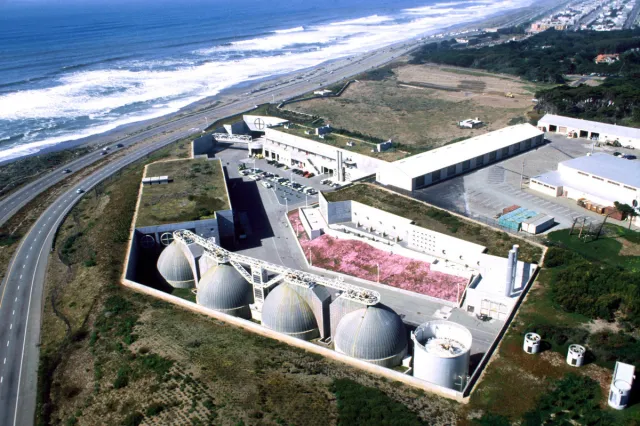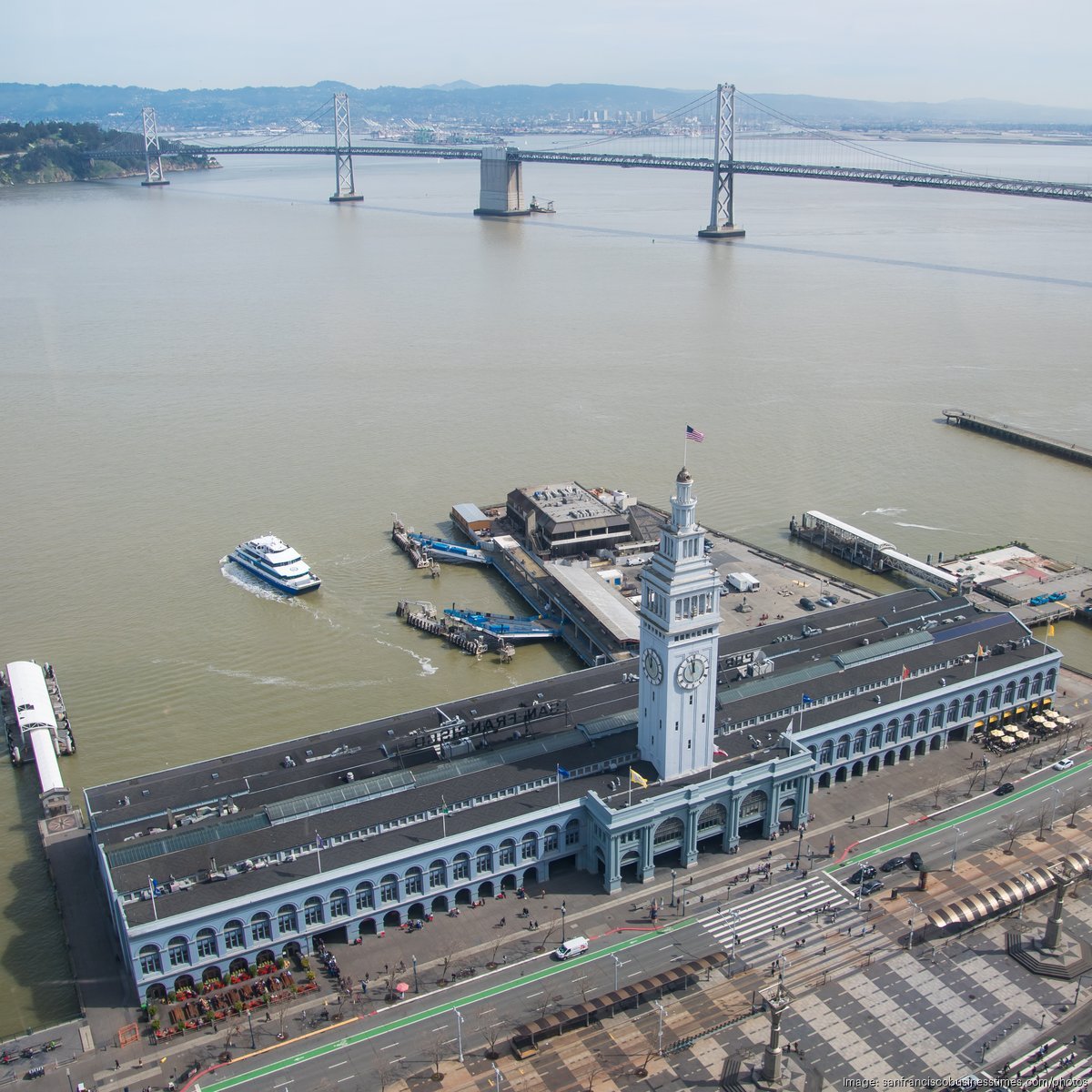The San Francisco EPA sewage case has emerged as a major environmental and legal story, highlighting the complex relationship between urban development, infrastructure maintenance, and environmental protection. At the center of the case is a longstanding issue involving San Francisco’s aging sewage system and alleged violations of the Clean Water Act, leading to significant scrutiny by the Environmental Protection Agency (EPA).
In this article, we’ll explore the background of the case, the key environmental concerns, the legal actions involved, and the broader implications for urban environmental management.
Background: San Francisco’s Aging Sewer System
San Francisco is known for its iconic hills, historic architecture, and progressive policies—but beneath its vibrant surface lies an aging sewer infrastructure. The city’s sewer system is a combined sewer system, meaning it collects both sewage and stormwater runoff in the same pipes. While efficient in dry conditions, these systems can overflow during heavy rainstorms, causing untreated sewage and polluted stormwater to discharge directly into the San Francisco Bay and surrounding waters.
Over the years, these overflows—known as Combined Sewer Overflows (CSOs)—have raised serious environmental and public health concerns. Local environmental groups and federal regulators began closely monitoring the issue, setting the stage for what would become the San Francisco EPA sewage case.
The EPA Investigation and Alleged Violations
The EPA launched a comprehensive investigation into San Francisco’s wastewater management practices, focusing on the frequency, volume, and ecological impact of sewage discharges. According to findings released by the agency, the city had repeatedly failed to prevent raw sewage and contaminated runoff from entering local waterways during storms, potentially violating the Clean Water Act.
Key allegations in the San Francisco EPA sewage case included:
-
Discharging millions of gallons of untreated or partially treated sewage into the Bay.
-
Inadequate maintenance and repair of aging sewer infrastructure.
-
Failure to adequately monitor and report discharges.
-
Insufficient planning for extreme weather events caused by climate change.
The EPA argued that the city had not taken the necessary steps to upgrade its infrastructure or minimize overflows, despite being aware of the risks for years.
Legal Response and City’s Defense
In response to the federal pressure, the City of San Francisco pushed back, arguing that the EPA’s interpretation of the Clean Water Act was overly aggressive and failed to consider the unique nature of its combined sewer system. City officials also emphasized the significant investments made in recent years to improve the system, including a $7 billion capital improvement program.
The city claimed it was already making progress toward reducing sewage discharges through upgrades like:
-
Expanding storage capacity to hold excess wastewater during storms.
-
Improving treatment facilities to handle larger volumes.
-
Launching public awareness campaigns to reduce pollutants entering the sewer.
Nevertheless, the San Francisco EPA sewage case moved forward, culminating in a legal standoff over the extent of the city’s liability and the federal government’s authority to enforce additional corrective measures.
Environmental and Public Health Impacts
One of the central issues in the case is the impact of sewage discharges on public health and the environment. When untreated sewage flows into the Bay, it introduces harmful bacteria, viruses, nutrients, and chemicals that can:
-
Harm marine wildlife and ecosystems.
-
Contaminate recreational waters used for swimming and boating.
-
Pose health risks to residents, particularly in low-income communities located near discharge points.
Environmental groups like the San Francisco Baykeeper have long criticized the city for underreporting sewage discharges and downplaying their ecological effects. According to their studies, these spills have contributed to oxygen-deprived “dead zones” in the Bay and have negatively affected fish populations and aquatic vegetation.
Federal and Local Collaboration: A Path Forward?
While the San Francisco EPA sewage case has generated legal tensions, it has also opened the door for increased collaboration between federal regulators and local officials. Both sides acknowledge that infrastructure upgrades are necessary, and negotiations have begun on a potential consent decree—a legal agreement that would mandate specific improvements and timelines for compliance.
Such agreements have been used in other cities like New York and Seattle to enforce sewage management reforms without prolonged litigation. If successfully negotiated, the consent decree could include:
-
Specific deadlines for infrastructure upgrades.
-
Enhanced monitoring and reporting requirements.
-
Penalties for non-compliance.
Additionally, there’s growing pressure for Congress to increase federal funding for urban water infrastructure, which could ease the financial burden on cities like San Francisco.
Broader Implications of the San Francisco EPA Sewage Case
The outcome of the San Francisco EPA sewage case will likely set a precedent for how combined sewer overflows are regulated across the country. Many older cities—particularly in the Northeast and Midwest—operate with similar combined sewer systems and face the same challenges of aging infrastructure and climate-driven extreme weather.
Key takeaways include:
-
The importance of investing in resilient infrastructure capable of withstanding environmental changes.
-
The need for transparency and accountability in reporting environmental risks.
-
The value of collaborative governance between local, state, and federal agencies.
Conclusion
The San Francisco EPA sewage case underscores the urgent need to modernize urban infrastructure in the face of growing environmental challenges. While the city has made some progress, the case has highlighted shortcomings in oversight, investment, and public accountability.
As cities across the U.S. grapple with similar issues, San Francisco’s experience may serve as both a warning and a roadmap for achieving cleaner, safer, and more sustainable water systems.
READ ALSO –
From Jaipur to Dubai: The Inspiring Journey of Shabahat Mujtaba and Uniquepact










